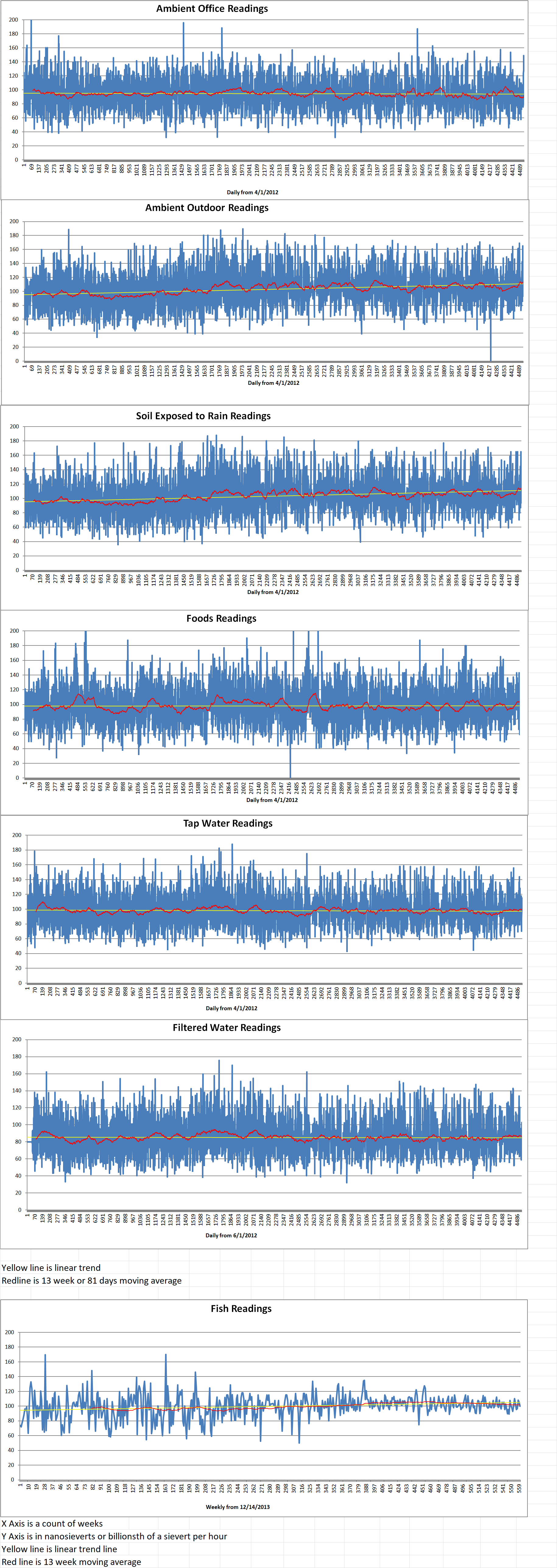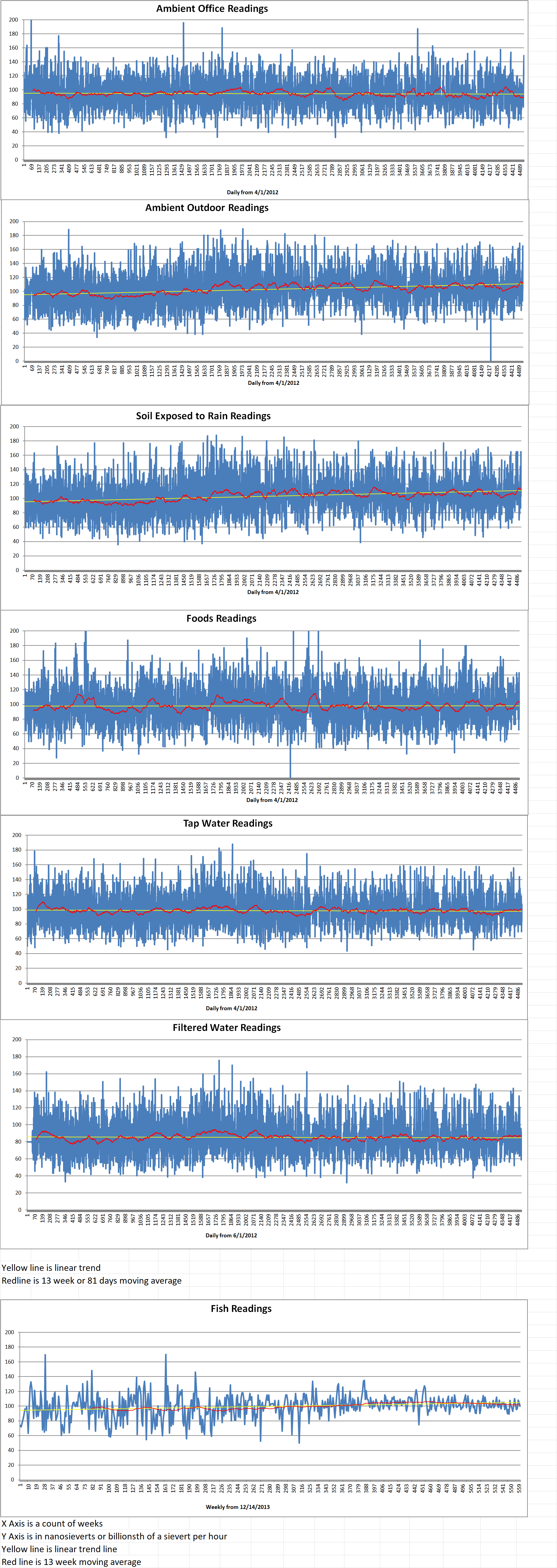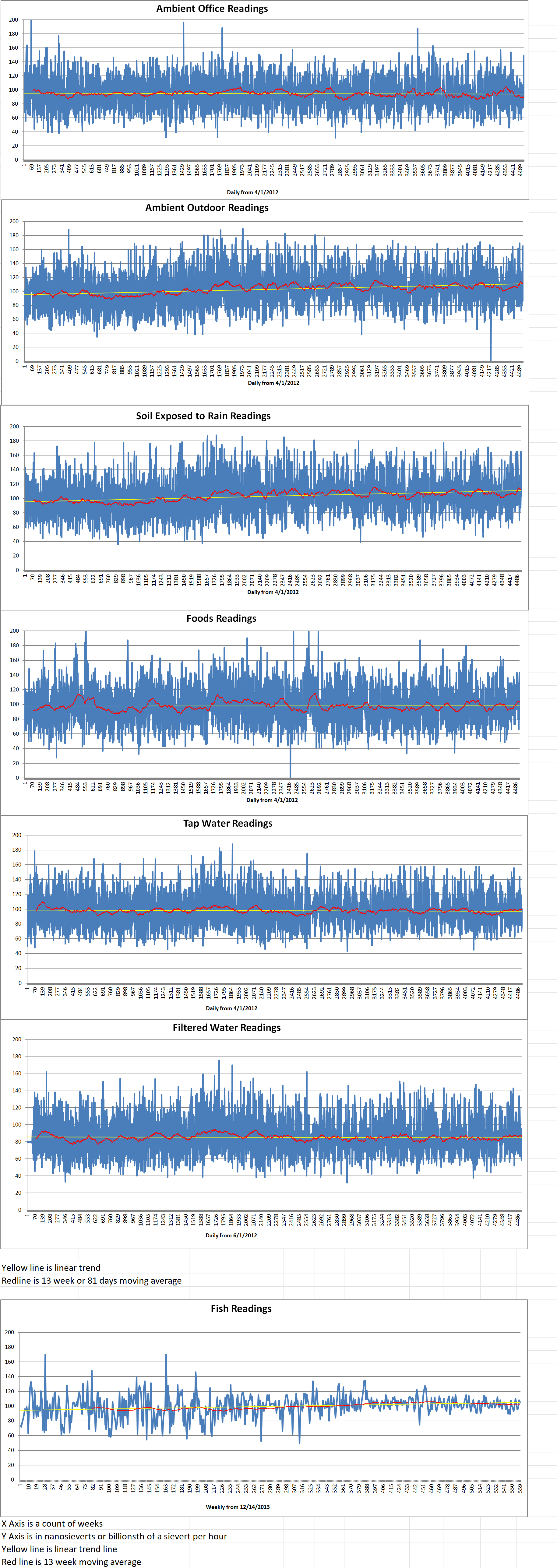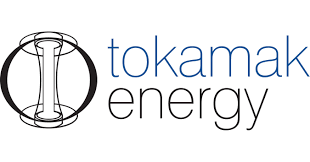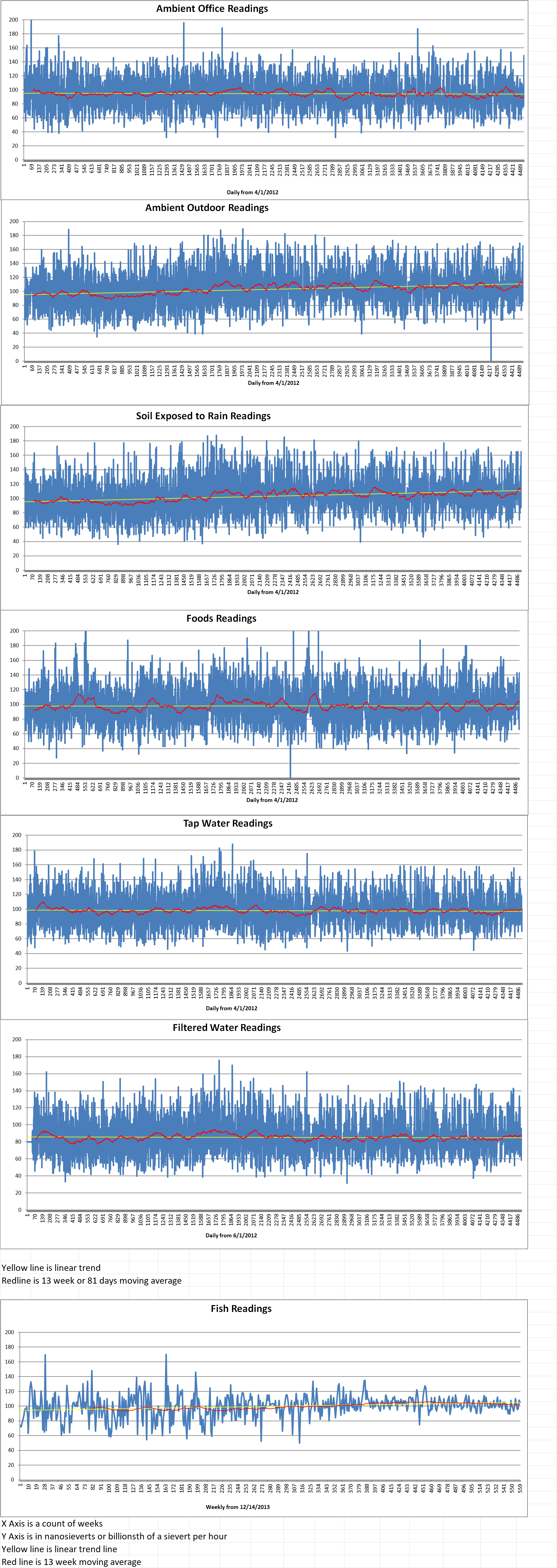Scientists at Texas A&M University in the U.S. and collaborators at ETH in Switzerland have found an innovative way to obtain lithium-6, a critical component for fusion fuel for some reactor designs. The conventional sourcing method COLEX uses mercury and is banned in the U.S. This prompted scientists to find new ways to source the isotope as the race for unlocking fusion energy accelerates.
Nuclear fusion technology has gathered much attention in recent years as the world seeks cleaner ways to power its economic functions. Decades of research in this area have now reached the point where engineers can replicate reaction conditions that occur in the Sun and attain a net energy gain.
In nuclear fusion, hydrogen isotopes deuterium and tritium are combined to yield helium-3 and lots of energy. Since tritium is radioactive, rare, and expensive to source, fusion facilities have to set up breeder reactors where the isotope is produced by bombarding lithium blankets with neutrons.
Researchers Sarabjit Banerjee and Andrew Ezazi, who were involved with this work said that lithium isotopes, lithium-6, and lithium-7, can both be used for breed tritium, but the reaction with lithium-6 is much more efficient.
Currently, lithium-6 is produced with the COLEX separation process. Liquid mercury is used to isolate it from the commonly occurring isotope lithium-7. Since 1963, a U.S.-imposed ban on the use of liquid mercury due to pollution concerns means that the country cannot produce lithium-6 anymore.
Since then, the U.S. has been operating with a steadily diminishing stockpile of lithium-6 maintained at the Oak Ridge National Laboratory (ORNL).
Banerjee explained in the email, “There is no publicly available information on the stockpiles of 6Li that the United States maintains. It is a closely guarded secret as it is tied to the ability to produce thermonuclear warheads and the amount of said weapons. However, if nuclear fusion were to become a reality, plants would need tons/day of lithium-6.”
Banerjee and his team discovered a mercury-free approach to isolating lithium-6 while working on a project to clean “produced water” in West Texas.
During oil and gas drilling, groundwater that rises to the surface must be cleaned before it is pumped back down. Using a cement membrane, the researchers were able to filter out silt and residual oil but found that the wastewater still had high lithium levels. This was a result of the lithium-binding capabilities of zeta-vanadium oxide (V2O5). V2O5 is lab-synthesized inorganic material.
Banerjee added in the email, “We found that zeta-V2O5 is indeed a highly selective host for Li-ion insertion and we could capture lithium even though the hypersaline wastewater had many orders of magnitude more sodium-, magnesium-, and calcium-ions. The researchers tested the specificity of the material between lithium-6 and lithium-7 and found that it was useful in enriching the lithium-6 isotope.”
The integration of lithium ions into the zeta-V2O5 changes its color from bright yellow to dark olive green, allowing the isolation to be monitored visually. A single electrochemical cycle enriches lithium by five and seven tenths’ percent. Thirty percent enrichment is a minimum requirement for fusion fuel. This can be achieved by reusing the membrane twenty-five times.
Banerjee said, “Zeta-V2O5 is not expensive to produce, and in fact is now commercially available from a startup company. The material can be repeatedly cycled with no loss in selectivity – in fact it was explicitly designed this way. While we have demonstrated proof-of-concept, with a sufficient number of loops, we expect to get to ninety percent enriched lithium-6 within forty cycles.”
The team is currently working to scale their method to an industrial level. Banerjee said in a press release, “I think there’s a lot of interest in nuclear fusion as the ultimate solution for clean energy. We’re hoping to get some support to build this into a practicable solution.”
Texas A&M
